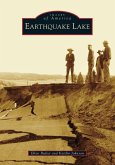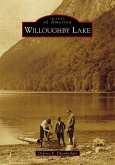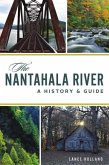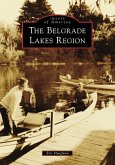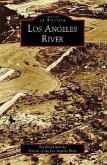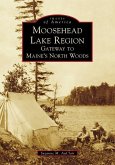Lake Merritt, located in the heart of Oakland, California, is the pride of the city. An estuary connected to San Francisco Bay, mixing sea and fresh waters, the lake formed about 4,000 years ago when the sea level rose to fill the mouths of two streams as glaciers collapsed worldwide. For at least the past 3,500 years, the Ohlone people lived by the estuary and its mud flats, building mounds nearby. Lake Merritt, known by other names prior to 1869, served as a waste dump until Samuel Merritt dammed the channel to the lake, thus preventing high-tide water from leaving the lake at low tide. As Oakland grew from a small town, the lake attracted the attention of well-to-do citizens of Oakland, who built mansions around it. In 1870, California designated it as a wildlife refuge, the first in America, protecting all organisms in and around the lake. Growing in importance to the residents of Oakland, the lake has undergone modifications to integrate it into the city as the welcoming and enjoyable place it is today.


